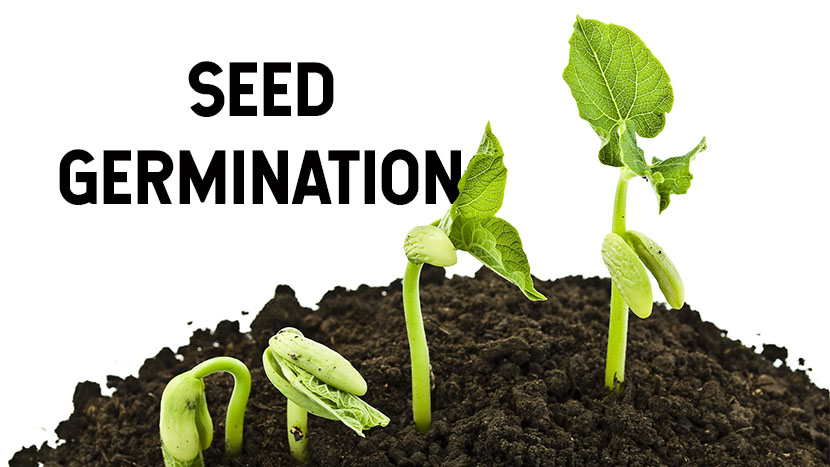Biology Tips for Better Seed Germination
Ever wondered how nature’s tiny time capsules burst into vibrant life? If you are a green thumb too, for sure, you know that seeds hold the secret to a plant’s journey. That is what you call the process of germination.
Ready to dig in and sow the seeds of knowledge? Read on to know more.
What is Seed Germination?
The process of producing plants from seeds as opposed to purchasing pre-grown plants is known as seed germination or seed starting. It might also be referred to as the fundamental process affecting crop quality and production.
This process includes the seed’s embryonic shoot and roots emerging, absorbing water, and activating enzymes. A plant’s life cycle begins with this transformation, which turns it from a dormant condition into an organism. This is the time when the plant will actively grow and develop.
Water, sunlight, temperature, and the right planting depth are some of the key elements that affect how well seeds germinate.
5 Tips in Seed Germination
Learn the seed’s structure
The first thing to do is to understand the seed’s structure as this is the most crucial factor in germination.
Seeds play host to a trio of essential components: an outer protective coat, a burgeoning embryo, and a nutrient-packed endosperm.
Picture this as nature’s blueprint where the outer coat acts as a guardian, shielding the precious embryo. On the other hand, the endosperm becomes the power-packed pantry, furnishing vital nutrients for the initial stages of growth.
Understanding this seed symphony sets the stage for the magic of germination.
Water them properly and correctly
Water is necessary for the germination of seeds.
The exterior seed coat of seeds softens with the process of imbibition—the act of absorbing water. The seed’s enzymatic activity will be stimulated by this procedure. Its stored nutrients are broken down as a result of activation, giving the growing embryo the necessary building blocks.
Water also causes hormonal changes, particularly in the creation of gibberellins, which are essential for cell elongation and the formation of the embryonic root. The radicle and shoot can break through the softening seed covering. As a result, the seedlings will be able to take root in the soil.
Essentially, water is essential in releasing the dormant potential in seeds to grow.
Always check the temperature
Temperature is also an important factor in regulating germination.
Cannabis seeds, like other seeds, have a preferred temperature range. This is necessary for these seeds to activate enzymes efficiently.
For instance, it is best to keep cannabis seeds at a temperature of between 70 and 90°F (21-32°C). This promotes, without stressing the plant, the enzymatic processes necessary for germination.
Balance the lightness and darkness
For seeds to initiate certain physiological reactions, they frequently need periods of both light and darkness that alternate.
Photosynthesis and the energy-producing process require light. However, darkness plays an equally significant role in the control of hormones and several metabolic processes. This is why the interaction between light and darkness aids in the integration of the germination process.
For example, most cannabis seeds do best in a mixture of light and dark. It is usually advised to use a 16–8 light–dark cycle throughout the germination stage. This encourages healthy development by simulating the external environment that the plant would encounter naturally.
Planting them with a correct depth
For germination to occur successfully, planting at the appropriate depth is important.
Similar to many other seeds, cannabis seeds should be planted between 0.25 and 0.5 inches (0.6 and 1.3 cm) deep.
The ideal circumstances for the seed to receive warmth and moisture are present at this depth, which speeds up the germination process.
Cannabis for example
While most seeds germinate easily, some might need a few more steps to provide satisfactory results. One of the most interesting to germinate is the cannabis seeds.
The seed’s outer shell splits as it takes in water, revealing a small, white taproot. In addition to anchoring the plant and looking for nutrients and water, its taproot tries to grow downward. Reaching for the light, the embryonic sprout pokes its head above the soil as the taproot grows.
If you want to try the process of seed germination, you can always look for cannabis for sale in the USA to kickstart it.


































































































